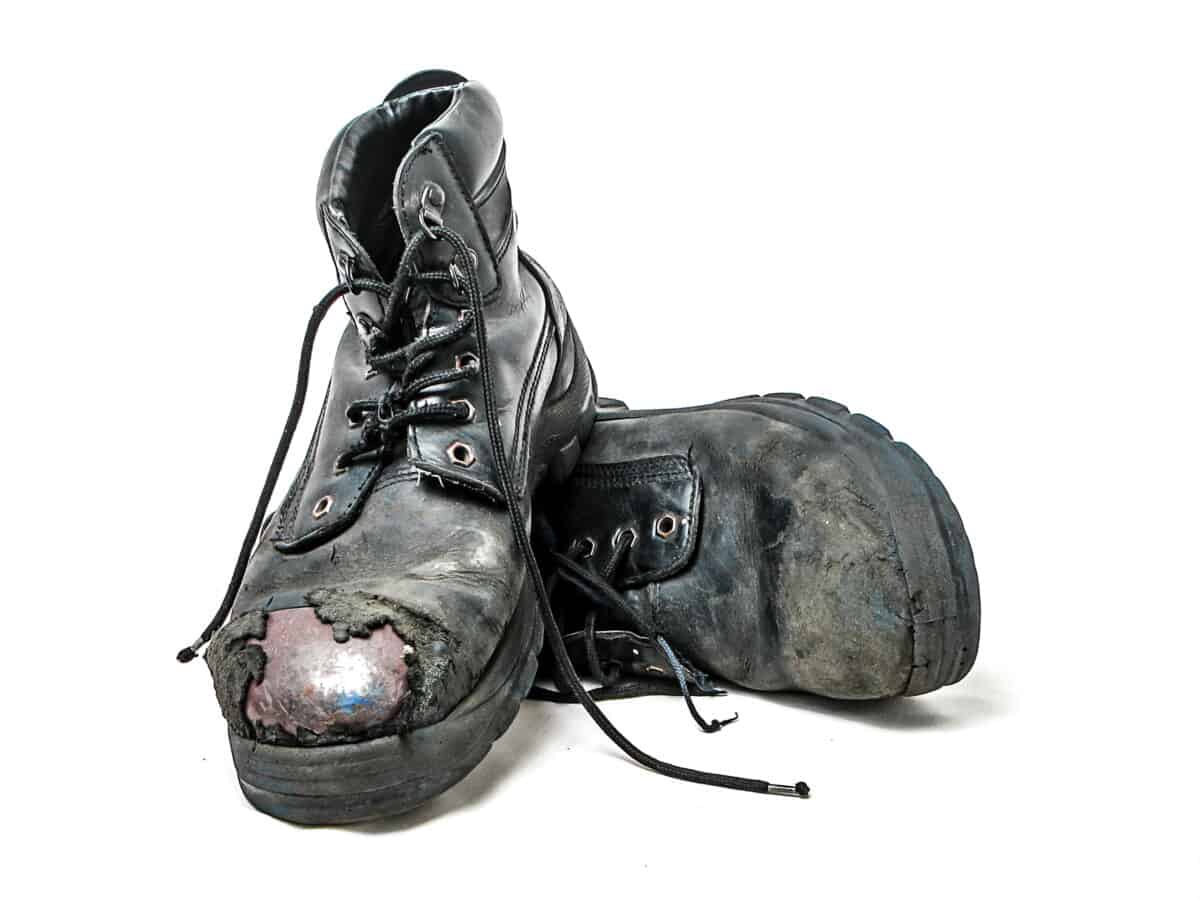Over the last couple of decades, the Workplace Health and Safety Show has evolved from a trade show tacked onto occupational health and safety (OHS) conferences to an independent entity. But is it any good? I spent a few hours there last week to find out.
The Workplace Health and Safety Show is a two-day event that travels to major Australian capital cities each year. Its origin was as a trade show that accompanied OHS conferences, offering a clearly commercial counterpoint to the regulators and academic presentations at the conferences. The challenge in attracting conference delegates was that they had usually paid big money to attend the conference and needed to make a trade-off between their commitment to the conference and the opportunity to stroll the trade show. Other than lunchtime, the conferences rarely allocated enough time for the trade shows, which are an important part of demonstrating the practical application of many of the concepts presented at the conference.
Continue reading “From Sidekick to Spotlight: WHS Show Steps Up, But a Few Big Players are missing”



